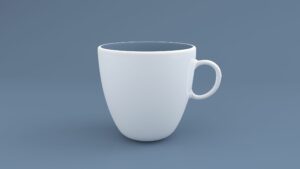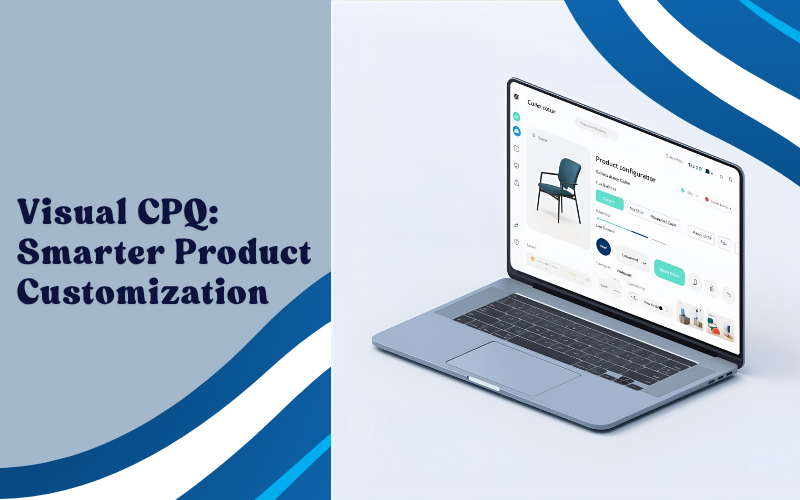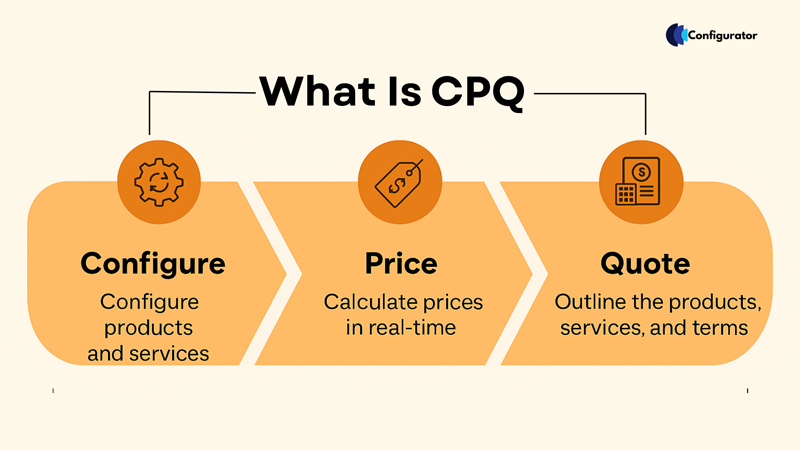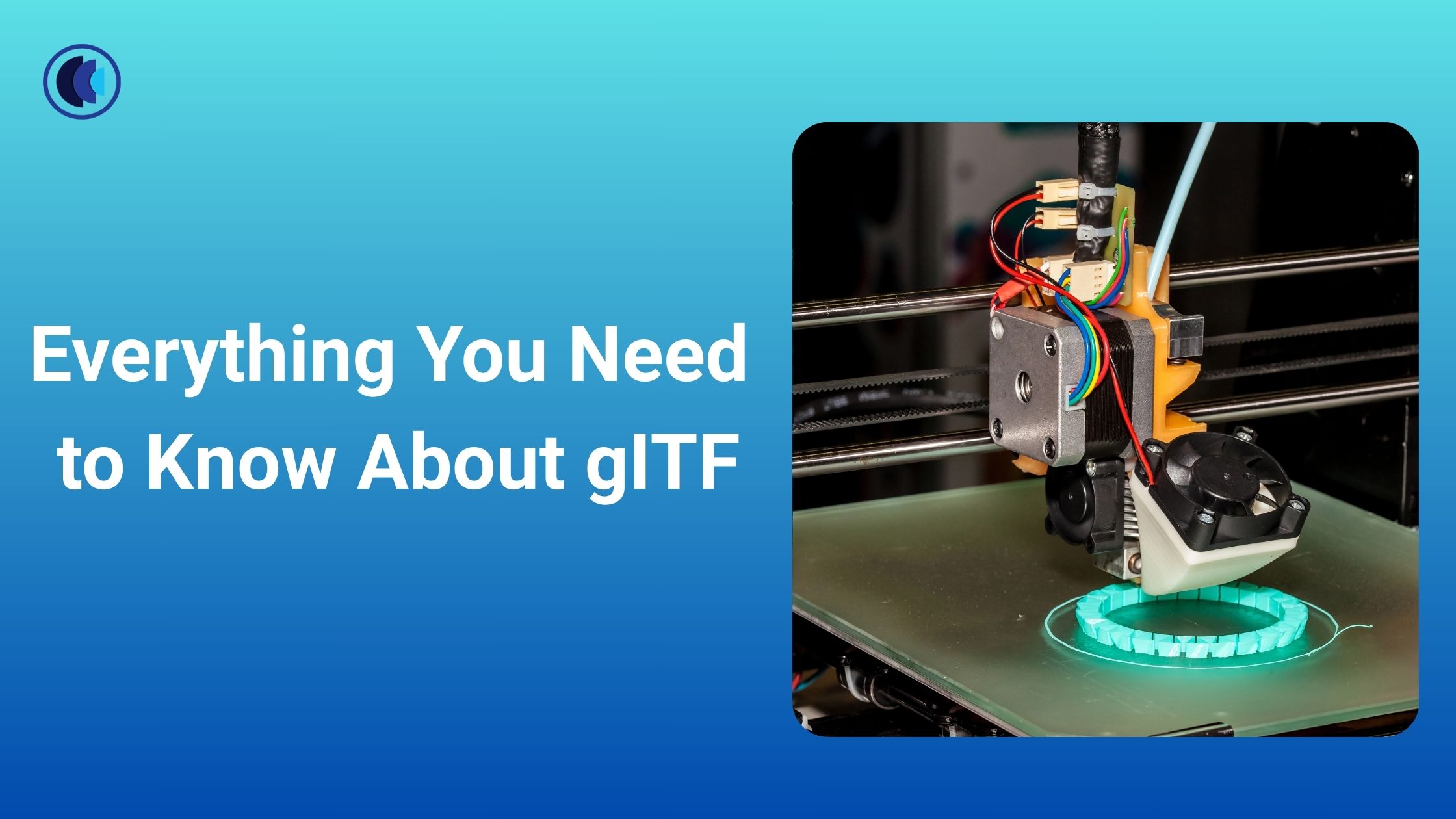As 3D content becomes a bigger part of how we shop, design, and interact online, the need for smooth, fast, and realistic visuals is growing fast. Businesses and creators alike are looking for smarter ways to bring their 3D ideas to life—and that’s where glTF (GL Transmission Format) comes in. It’s quickly becoming the go-to format for sharing and displaying 3D models efficiently across the web.
Whether you’re building an eCommerce store, developing an app, or creating interactive product visuals, glTF helps everything run more smoothly. At WP Configurator, we’ve adopted glTF because it lets our users deliver rich, customizable experiences that load quickly and look great on any device.
In this guide, we’ll take a closer look at what glTF is, why it matters, how it works, and what’s next for this powerful 3D file format.
What is glTF?
glTF-short for GL Transmission Format-is a recently devised open-source 3D file format by the Khronos Group, the ones who brought you standard goodies like OpenGL and Vulkan. In a lot of places it earns the moniker of the “JPEG of 3D”, for its intended purpose is to be that easy and lightweight data-blob that applications pull in and render into pretty 3D scenes or models — including all sorts of features, such as:
-
Geometry: Meshes & vertices.
-
Materials: Physically-based rendering (PBR) materials.
-
Textures: Diffuse, normal, and other texture maps.
-
Animations: Skeletal and morph target animations.
-
Cameras and Lights: For scene setup.
-
Scene Hierarchy: Node-based structure for complex scenes.
The format comes in two variants:
-
.gltf: A JSON-based format that referencing external files for binary data and textures.
-
.glb: A binary format that encompasses all data into a single file, making it ideal for web applications.
Visit our Best page: Woocommerce Product Configurator
Why glTF is Needed?
Obj or FBX 3D file formats are traditional formats that were never meant for use in real-time over the Web application. They are typically heavyweight file formats, take a long time to load, and do not always play well cross-platform. This is where glTF excels:
-Efficient: glTF files are very efficient and fast to load, meaning users will have a smooth experience.
-Interoperable: As it is an open standard, it can be used on different platforms and applications which would bring in seamless integration.
– Real-Time Rendering: With support of PBR materials this allows for photo-realistic rendering in real-time environments.
– Mobile-Friendly: Works lightly and is more accessible to many users, especially those using mobile devices.
What is the Function of glTF?
The main role of glTF is to act as a sending format for 3D models. It helps the quick giving of 3D content over the web ensuring that models load fast and show correctly on all devices and platforms. Key functions include:
-Compression: glTF allows Draco compression reducing file sizes while keeping quality.
-Animation Support: It enables bone and morph target animations, which help make models move in a more lively way.
-Material Definition: With PBR materials, glTF makes sure that models play with light in a true way, giving depth and realism.
-Scene Graph: The node-based format allows for complex hierarchies, making it fit for detailed scenes and models.
Want to know more about : Product configurator

Who is Using glTF?
To use the GLTF model spreads different industries due to its versatility and efficiency:
- E-commerce: Store providers use GLTF to demonstrate 3D products so that customers can interact with goods before purchases. Platform companies enable these models to integrate their products into their products, offering a dynamic shopping experience.
- Games: Game developers use GLTF for their real -time reproduction properties, and integrate it into engines such as unit and unrealistic engines.
- Adopted and Virtual Reality: AR/VR applications benefit from GLTF for their mild nature, and ensures even performance on different units.
- Architecture and Engineering: Use GLTF to imagine professional models and simulations in these fields, help in presentations and customer interactions.
Major tech companies have also embraced glTF:
-
Microsoft: Supports glTF in applications like PowerPoint and Word for embedding 3D models.
-
Google: Utilizes glTF for 3D content in applications like Google Earth and ARCore.
-
Facebook: Allows users to upload and interact with 3D models in posts using glTF.
-
Sketchfab: A platform that hosts a vast library of glTF models, enabling users to view and download content in this format.
What is Next for glTF?
The future of glTF looks bright with exciting developments on the way:
- Expanded Material Support: Upcoming updates will add advanced material properties. This will help create images that look more realistic in rendering software.
- Enhanced Compression: Continuous work is being done to improve how files are compressed. The goal is to make files smaller, which will lead to faster loading times.
- Widespread Use: As glTF is adopted by more platforms and applications, it will become the standard format for 3D models.
- Integration with New Technologies: glTF will be important in areas like the metaverse, the Internet of Things (IoT), and other emerging technologies. It will offer a universal format for 3D content across different platforms.
For WP Configurator, keeping up with these changes means we need to regularly enhance our platform. This ensures we can support the latest glTF features and provide our users with top-notch visualization tools. This continuous improvement will help users access the most advanced tools available.
Conclusion
GlTF stands at the forefront of 3D content material shipping, providing a strong, efficient, and flexible answer for cutting-edge programs. Its adoption throughout various industries underscores its importance in the digital landscape. We’re devoted to integrating glTF into our product configurator, empowering companies to provide immersive and interactive product experiences to their customers.
As the digital world continues to evolve, embracing standards like glTF guarantees that your 3-D content material stays applicable, reachable, and engaging. Whether you’re trying to exhibit products in 3D, increase immersive programs, or stay ahead of technological tendencies, understanding and utilising glTF is a step closer to achieving those desires.
For more information on integrating glTF models into your product configurator, visit WP Configurator.





